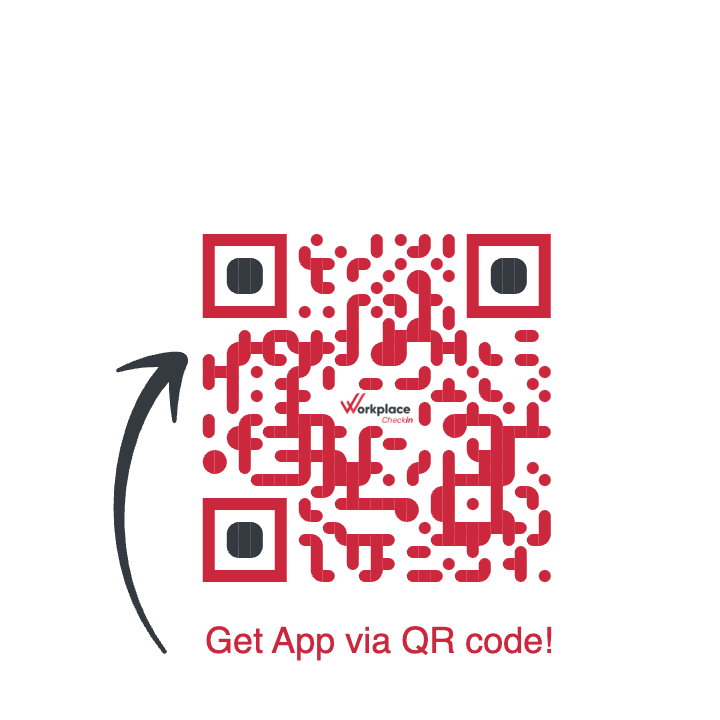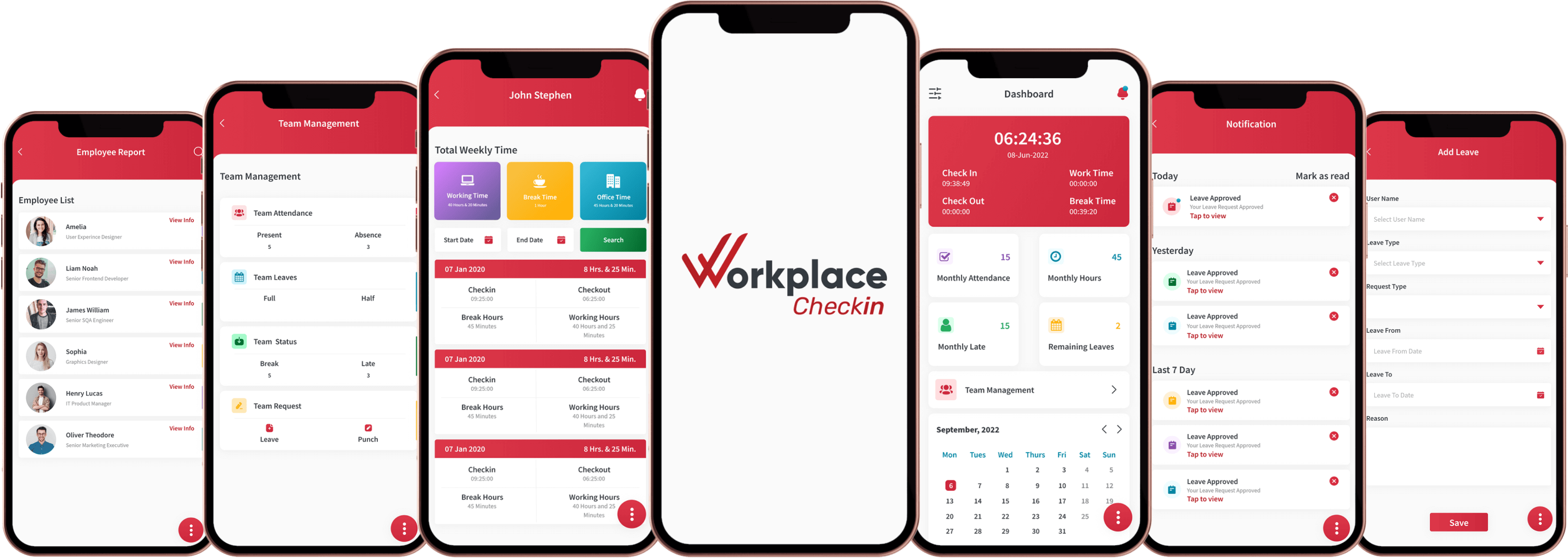

Introduction:
Time is a finite resource, yet how we manage it can greatly impact our productivity, efficiency, and overall well-being. In today's fast-paced world, mastering time management is essential for achieving our goals and maintaining a healthy work-life balance. In this blog, we'll explore effective time management techniques that can help you take control of your schedule and make the most out of every day.
1. Set Clear Goals and Priorities:
Defining Goals:
When embarking on any endeavor, it's crucial to have a clear understanding of what you aim to achieve. This involves delineating both short-term and long-term goals. Short-term goals provide immediate direction, while long-term goals offer a broader perspective and sense of purpose. By defining your goals, you establish a roadmap for your actions and decisions.
2. Prioritizing Tasks:
Once you have established your goals, the next step is to prioritize tasks based on their importance and urgency. One effective technique for prioritization is the Eisenhower Matrix, which categorizes tasks into four quadrants:
Urgent and Important: Tasks that require immediate attention and directly contribute to your goals.
Important but Not Urgent: Tasks that are significant but can be scheduled for later.
Urgent but Not Important: Tasks that demand immediate action but have little long-term impact.
Neither Urgent nor Important: Tasks that are neither pressing nor relevant to your goals.
By categorizing tasks in this manner, you can focus your efforts on activities that align with your objectives and have the greatest impact.

3. Create a Daily Schedule:
Allocating Time Slots:
Effective time management involves allocating specific time slots for each task or activity. Using tools like calendars, planners, or time management apps can help you organize your schedule and ensure that you devote adequate time to essential tasks. By assigning time slots to tasks, you create a structured framework for your day, reducing the likelihood of procrastination and ensuring that important tasks are not overlooked.
Breaking Tasks into Chunks:
Large or complex tasks can be overwhelming, leading to procrastination and decreased productivity. Breaking such tasks into smaller, more manageable chunks makes them more approachable and facilitates steady progress. This technique not only enhances productivity but also boosts motivation by providing a sense of accomplishment with each completed segment.
4. Practice Time Blocking:
Dedicate Specific Blocks of Time:
Time blocking involves dedicating specific blocks of time to focus on particular tasks or projects. During these blocks, it's essential to eliminate distractions and concentrate solely on the task at hand. By immersing yourself fully in a single task, you can achieve a state of flow, maximizing productivity and efficiency.
Experiment with Techniques:
There are various time blocking techniques you can experiment with to find what works best for you. For example:
Pomodoro Technique: Work in short bursts (typically 25 minutes) followed by brief breaks. This method helps maintain focus and prevent burnout.
90-Minute Focus Technique: Work in longer intervals (90 minutes) with periodic breaks. This approach capitalizes on the brain's natural rhythms and maximizes productivity over extended periods.
5. Batch Similar Tasks:
Grouping similar tasks together and completing them in batches can help minimize context switching and improve efficiency. For example, designate specific times of the day for checking emails, making phone calls, or conducting research. By focusing on similar tasks consecutively, you can streamline your workflow and reduce the time lost transitioning between different activities.

6. Use Time-Tracking Tools:
Utilize time-tracking tools and software to monitor how you spend your time throughout the day. These tools can provide valuable insights into your productivity patterns and help identify areas where time is being wasted. By gaining a better understanding of your time usage, you can make informed decisions about how to allocate your resources more effectively.
7. Set Realistic Deadlines:
Establishing realistic deadlines for tasks helps create a sense of urgency and accountability. However, it's essential to strike a balance between setting challenging goals and ensuring they are achievable. Unrealistic deadlines can lead to stress, burnout, and compromised quality of work. Break down larger projects into smaller milestones with manageable deadlines to maintain momentum and track progress effectively.
8. Implement the Two-Minute Rule:
Adopt the "two-minute rule" for handling small tasks that can be completed in two minutes or less immediately. Rather than postponing these minor tasks, address them promptly to prevent them from accumulating and becoming sources of distraction or procrastination. By swiftly taking care of quick tasks as they arise, you free up mental space and maintain momentum in your workflow.
9. Use Technology Wisely:
Leverage technology to automate repetitive tasks, streamline processes, and enhance productivity. Explore productivity apps, project management software, and workflow automation tools that can help you work more efficiently. Whether it's setting reminders, creating templates, or automating routine administrative tasks, harnessing the power of technology can save you time and energy in the long run.

10. Conduct Regular Reviews and Reflections:
Schedule regular reviews of your progress and performance to assess what's working well and identify areas for improvement. Reflect on your accomplishments, challenges, and lessons learned to refine your time management strategies continually. Use these insights to adjust your goals, priorities, and approaches as needed, ensuring that you remain agile and adaptive in your pursuit of productivity.
11. Practice the "Eat That Frog" Principle:
Adopt the "eat that frog" principle, popularized by Brian Tracy's book of the same name, which advocates tackling your most challenging or important task first thing in the morning. By addressing your most daunting task early in the day, you set a positive tone for the rest of your day and prevent procrastination from derailing your productivity. This approach builds momentum and frees up mental bandwidth for other tasks throughout the day.
Conclusion:
Effective time management is a skill that can be learned and mastered with practice. By implementing these time management techniques into your daily routine, you can optimize your productivity, reduce stress, and achieve greater balance in your personal and professional life. Remember, time is your most valuable asset, use it wisely.






